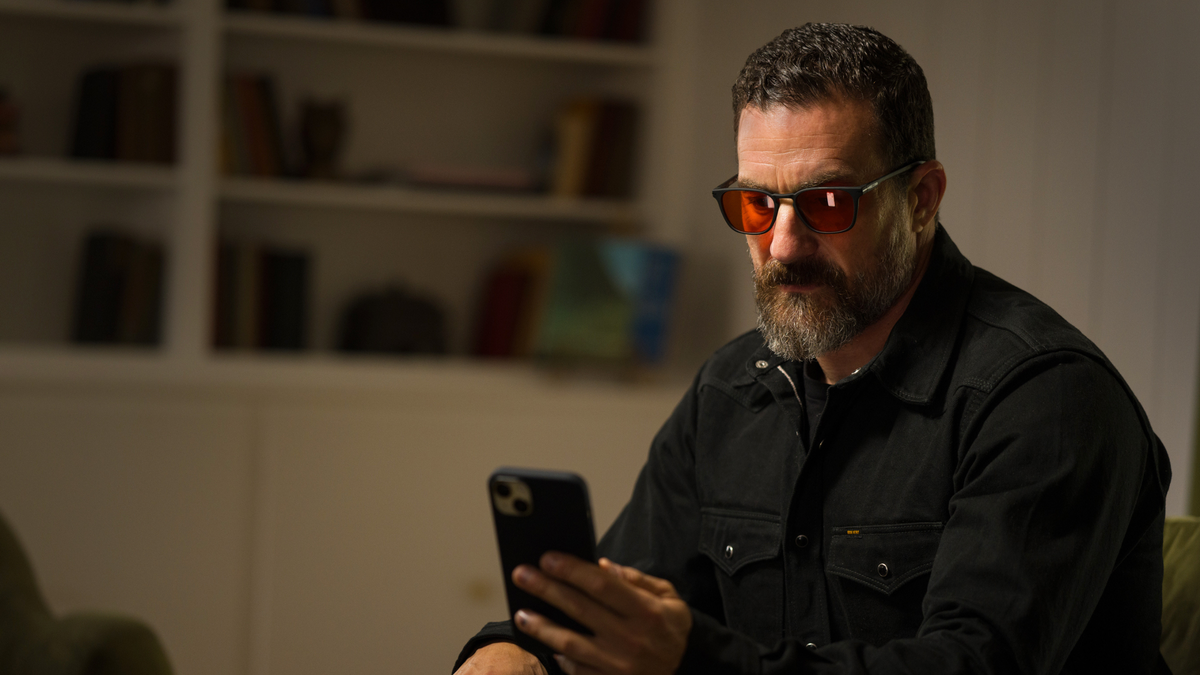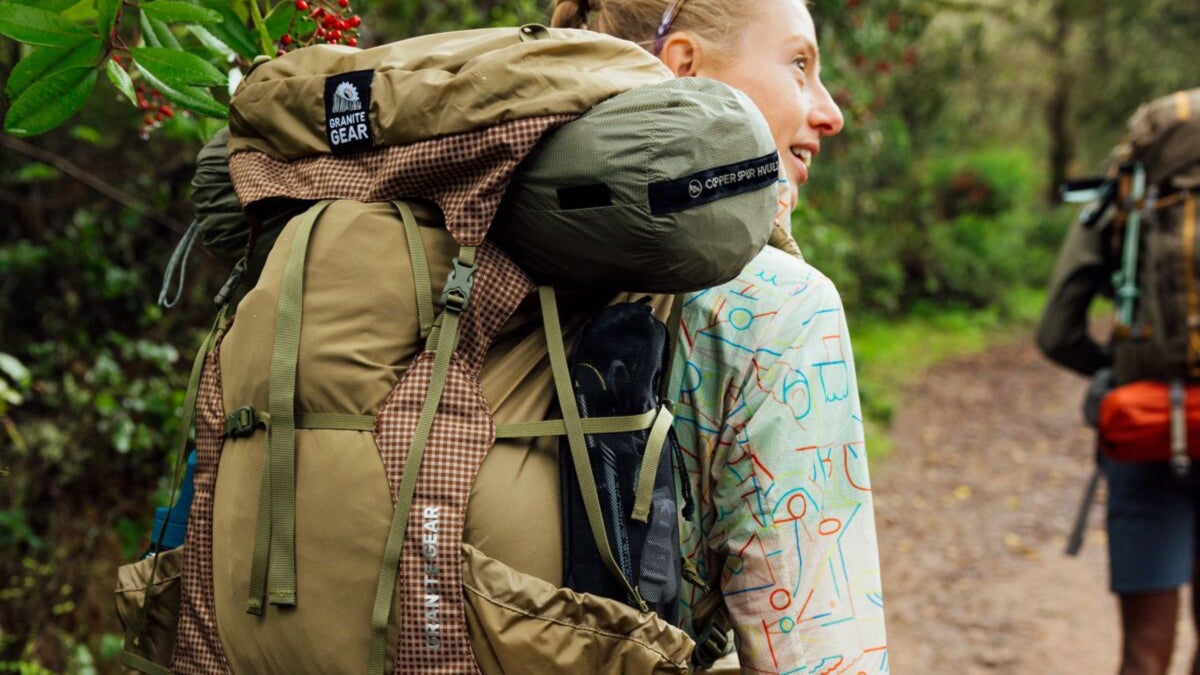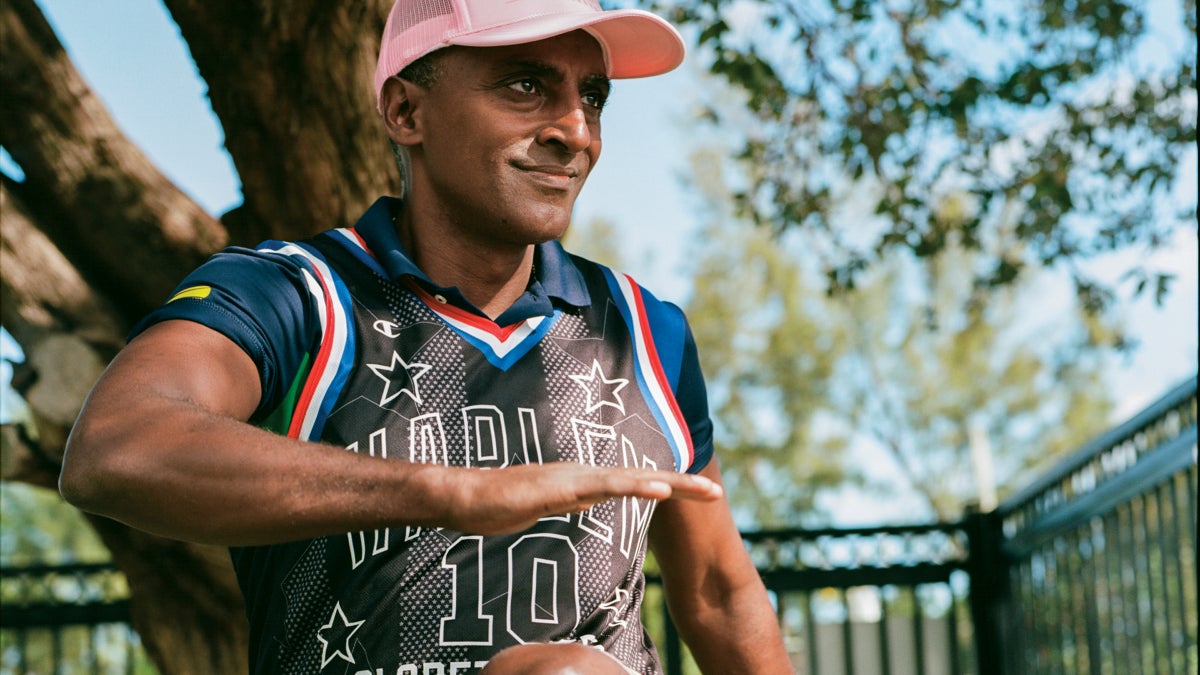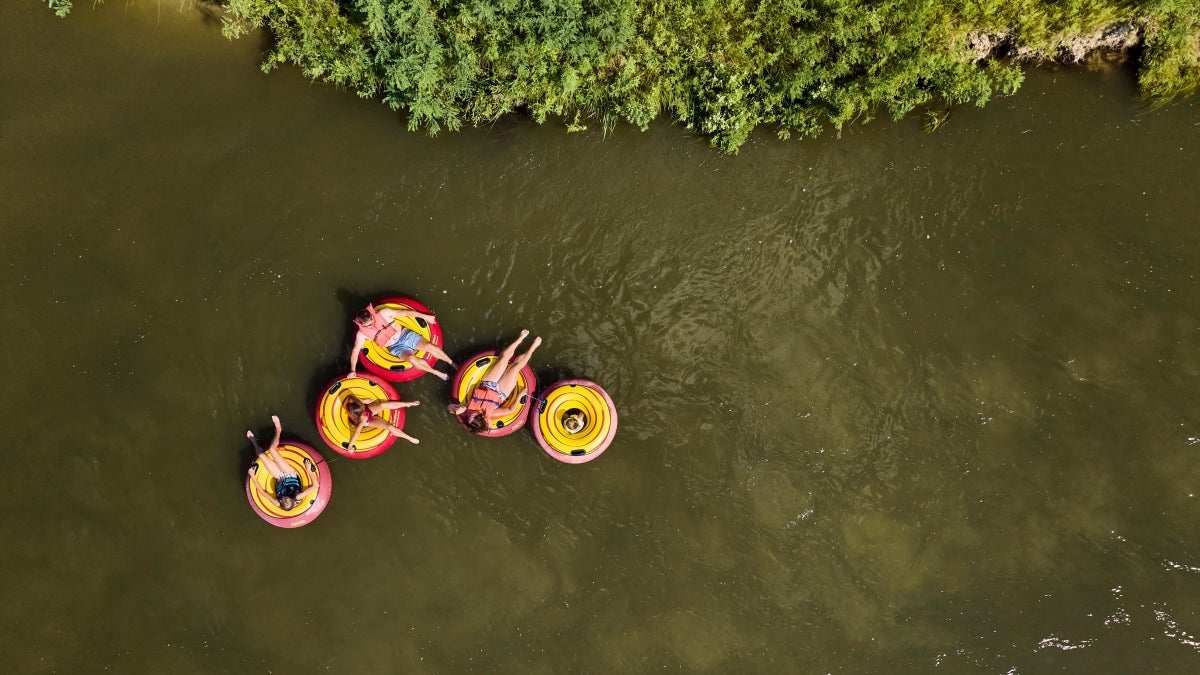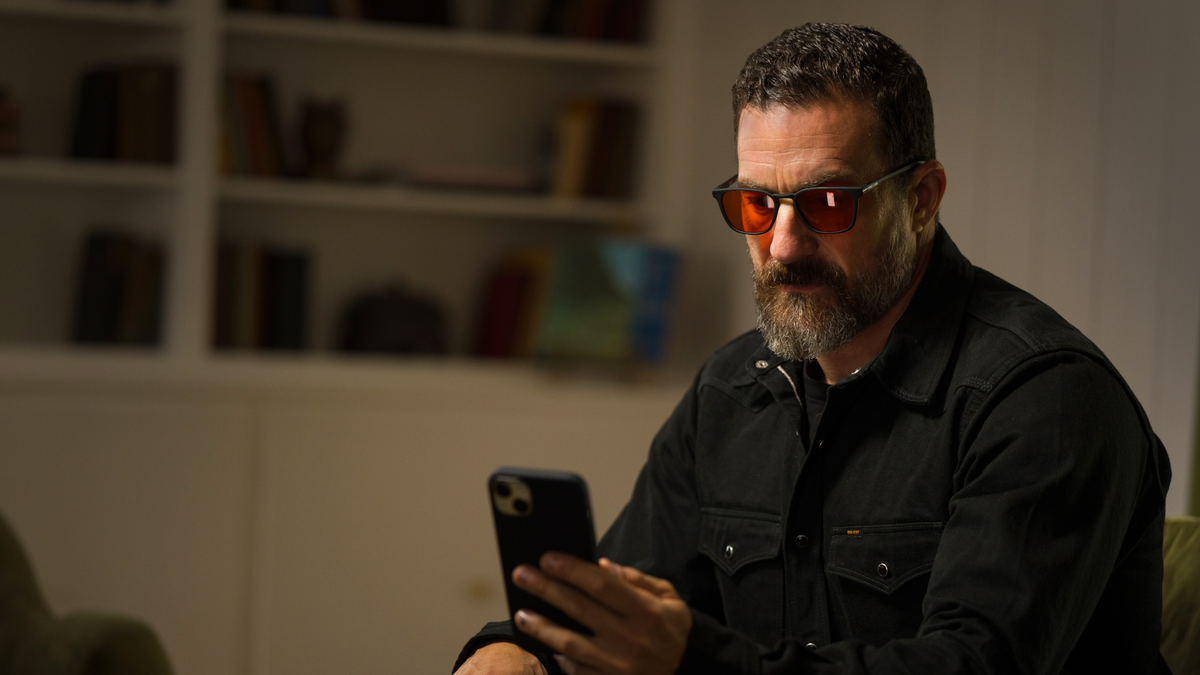
Elite athletes have a remarkable ability to focus on what they can control and let go of what they can’t. They are process obsessives, honing in on the manifold factors—like diet, exercise, and recovery—that can make the difference between being first and being a footnote. Nutrition, weight lifting, and mental performance have all taken turns revolutionizing training, yet aside from a few rogue proselytizers, sleep has often been perceived as something one must begrudgingly succumb to rather than make the time for. Sleep is the cousin of death, after all.
In The Inner Clock, an exploration of circadian rhythms, journalist Lynne Peeples describes how scientists, doctors, and athletes alike are awakening to the power of sleep. Peeples cited research that found that travel, crossed time zones, and recovery are up to 78 percent predictive of who will win an NBA game, and that MLB teams with a three-hour time-zone advantage win 62 percent of games.
A few brands have capitalized on this newfound appreciation for slumber by releasing products aimed at helping athletes rest and recover. The latest sleep aid is from performance eyewear brand ROKA and created in partnership with Andrew Huberman, PhD, a Stanford University neuroscientist and professor behind the popular Huberman Lab podcast. The Wind Down lens ($125-$195 non-prescription, $195-$300 for prescription) is designed to block blue and green light to—allegedly—help lower stress, sync circadian rhythms, improve sleep, and boost mood. Is it the latest cash cow in a booming industry or the next edge in recovery?
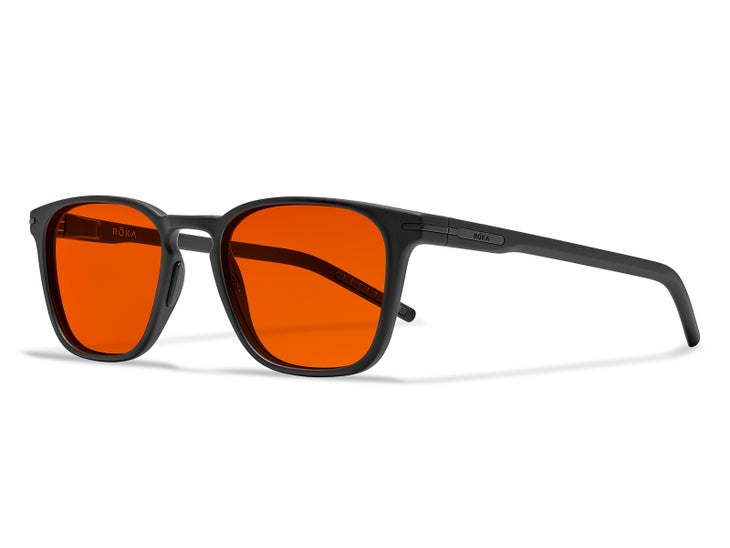
Evolutionary Reasons to Embrace the Dark Side
To know whether something is a gimmick or game changer, it’s useful to understand the science behind it. Light plays the most crucial role in balancing our inner clock. The human eye perceives electromagnetic radiation (i.e. light) as different colors, depending on the length of the wave. Blue light has the shortest wavelength.
Exposure to blue light in the morning energizes us and sets our clocks in motion so that we’ll start to feel tired roughly 14 hours later, says Kristen Holmes, a psychophysiologist and the vice president of performance at Whoop, a wearable brand credited for its comprehensive sleep data. Getting enough blue light during the day keeps us balanced and alert. However, too much blue light at night from artificial sources—like overhead lights or screens—keeps us wired past our natural bedtimes.
For most of human history, receiving healthy doses of light was not an issue. People spent the bulk of the day outside and didn’t receive any excess light once the sun set, allowing melatonin levels to rise and sleep to take hold. But our biology has not caught up to our beeping, blinking, blazing world. “Modernity is not making us healthier,” explains Holmes. “We have not adapted to blue light after the sun goes down.”
Blue light blockers offer a literal barrier between our eyes and the brightness of modern evenings and glowing screens. The Wind Down lens also blocks green wavelengths in addition to blue. Raj Dasgupta, MD, an expert in sleep medicine at University of Southern California, explained, “Green light, while not as strong as blue light, is still considered to be disruptive to our circadian rhythm due to its impact on melatonin levels.”
According to data recorded by Whoop users, after dimming lights, blue light blockers were the second most important factor in optimizing sleep consistency. “We’re able to see without a shadow of a doubt that these are helping people,” said Holmes. “So it stands to reason that the ability to block both of these spectrums of light is probably better than just blue light alone.”
Use Cases for Light-Blocking Lenses
My own experience with the Wind Down lens was brief but instructive. As someone who frequently uses melatonin as a supplement to trigger sleepiness, I’ll take all the help I can get. Having never tried light-blocking lenses before, I found the orange tint jarring at first. Yet according to Peeples, it can be hard to trust blue light blockers if they are not tinted.
“If you have a blue light blocking glass that is tinted yellow, orange, or red, then you can be fairly confident that it is going to block blue wavelengths of light,” she says. She points out that there is nothing standardized about this product category, and some clear glasses marketed as blue light blockers might not be as effective.
When I was putting my two-year-old son to bed, he asked, “Dada, why are you wearing your sunglasses?” As I explained that they were nighttime glasses, he started rubbing his own eyes, a sign that his own biology was working just right (or that Dada explaining things is boring).
Truth be told, I found wearing light blockers clunky. Unlike Corey Hart, I guess I’m just not used to wearing my sunglasses at night. My Whoop, however, recorded my best sleep efficiency score of the week after wearing them. The Roka x Huberman collection sold out in three days, so clearly there are plenty of folks other than me needing help winding down. The premium nature of the sunglasses—combined with Huberman’s popularity—is no doubt also a factor.
The Wind Down lens adds to Roka’s existing performance frames, so the marriage of lightweight glasses with no-slip grips might also appeal to the modern athlete archetype interested in optimal recovery. Yet according to the experts, there are simpler—and less expensive—ways to achieve the same result.
“It’s probably more important to just think about the environment you’re in,” Peeples says. “Dimming or turning off overhead lights, using warmer light bulbs, and not putting your face right in front of a screen are more powerful and less annoying than wearing light blockers.”
Dasgupta and Holmes emphasized the importance of improving circadian health by getting early doses of sunshine, seeking out natural light during the day, and cultivating a stable sleep and wake time.
But Peeples wears light blockers when she works at her computer late at night, and sees other potential use cases for them, particularly when one is in an environment out of their control. “These could provide a real benefit if you are traveling, or in a grocery store, or at a friend’s house who doesn’t quite understand the importance of turning down the lights at night,” she says. Or, perhaps, if you are an athlete who needs to wind down the night before a race.
Ultimately, your sleep habits are highly personal, as are the sleep aids that will work for you. We could all probably benefit from a little more sleep, and if wearing Wind Down lenses helps you open your eyes to the power of shut eye, it could be worth the investment. Sleep, as it turns out, is the cousin of performance, and that is intel you shouldn’t sleep on.
More Gear Reviews
The Best Sunglasses for Every Outdoor Activity
The Best Cameras for Travelers and Adventure Junkies
The Best Backpacks, Duffels, and Roller Bags for Travel
The post Do Huberman’s Wind Down Glasses Actually Work? We Asked Experts. appeared first on Outside Online.











